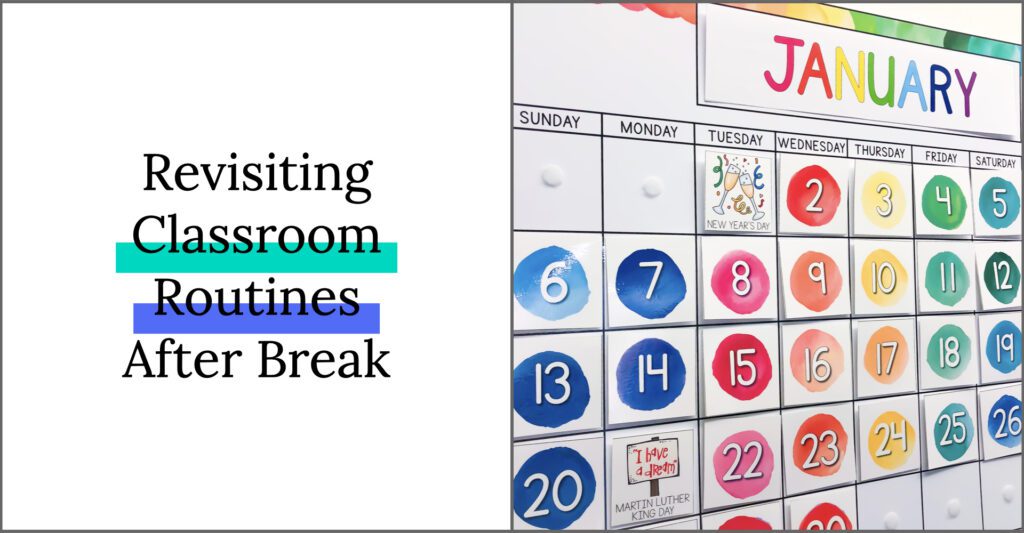
You’ve made it to your long-awaited winter break. You’re (hopefully) finding a little time to relax, enjoy spending time with family and friends. I also want to make sure that your “Sunday Scaries” interfere as little as possible, so let’s talk about how to gently ease back in by revisiting classroom routines after break.
The Why
I don’t know about you, but the “Sunday Scaries” intensify on break, and sometimes show up way before Sunday. Have you had any of these worries?
- kids have been out of school for a week or two- they’ll forget all of our rules and classroom routines
- it’s going to be chaos that first days and weeks in January
- I have so many lessons to teach! We don’t have time for remembering how to be in school!
- And so many more
Yes, some of this is inevitable. Our students will need support getting back into the classroom routines after a break (we know this even happens with a three-day weekend, not just the long winter break). But instead of being surprised and frustrated by this every time we come back from a break, I’d like to challenge us to acknowledge these facts and get intentional about those first days back after break. Just making the mindset shift can make a huge difference in our perspective, expectations, and planning coming back from a break.
I’m here to share some of my favorite tips or strategies for revisiting classroom routines efficiently and effectively after a break. (P.S.: You’ll want to bookmark this one for after spring break, too!)
Revisiting Routines During Morning Meeting
I’ve sung the praises of morning meeting many times before. Morning meeting is the PERFECT way to revisit those safe, familiar classroom routines. My message is very clear that first day back: “I am SO glad to see you again.” Morning meeting helps to reinforce this message in concrete ways.
Our activities, meant to revisit classroom routines, are simple and familiar:
- simple, familiar greeting
- review the calendar and schedule together
- a low-stakes, inclusive game or activity
- reading the message together
Reviewing the schedule, calendar, and message preview the day for our students so everyone can see what’s coming up. Some of our students may not have had much structure during the break, while others may have forgotten the daily schedule after so many days away from the classroom. Regardless, now we’re ALL back on the same page with our classroom routines.
Greeting our classmates and doing a fun, low-stakes activity together helps our students feel part of the group again. This positive connection with peers and teachers will set the tone for the day ahead and remind our students that our classroom is a place where they can feel safe and valued.
Revisiting Classroom Routines
Remember all of those classroom routines and procedures, like bathrooms, attendance, and hallways, that we spent so much time modeling and practicing at the beginning of the school year? Well, we need to revisit those again after break.
We don’t need to spend quite as much time as we did at the beginning of the years. But taking the time that first day back to review, model, and practice those classroom routines will get everyone back on the same page. It gives us a chance to frontload those classroom routines and expectations for students, rather than spend even more time reteaching or dealing with the frustrations when kids are silly in the bathrooms, or loud in the hallways, or forget the routine for hot lunch.
This way, we’re also not singling out those kiddos that have forgotten the classroom routines or are struggling to get back into school mode after break. We’re reviewing and practicing as a class and can help each other get back into the routine.
Revisiting Back to School Activities
I love to spend that first week back revisiting some of our community-building activities from the beginning of the year. This approach is helpful for a few reasons:
- Students can reconnect with peers after break
- We get back to the why’s and how’s of our classroom routines and expectations
- Many of these activities are familiar and/or low stakes- so it’s ok if someone doesn’t remember an academic concept from before break
- These activities help to give us a fresh start or a re-start to the year
One of my favorite activities to do at this point in the year is to check in with our Hopes and Dreams or personal goals for the year. We begin each year setting goals for the year (and this becomes the jumping-off point for creating our classroom routines and rules together). I love to bring out our Hopes and Dreams at this point. Students individually reflect on their goals. Some students are surprised or proud to have reached this goal, other students are still working on it, and still, others have realized that they’ve become more excited about a completely different goal.
Reflecting and talking about these goals together is often a productive way for us to refocus our energy and learning for the next half of the year. And we can circle back to that conversation about how our classroom routines and rules help to make sure everyone is able to work towards their goals.
Acclimating to Materials Again
Coming back to school after a few weeks apart means that our students have not been in our classroom environment with our classroom routines for a few weeks. Our students have been in environments with materials, furniture, people, and expectations that are VERY different from those of school. Our young students need time and support to reacclimate to all of this. It’s hard enough for us to flip that switch and get back into school mode, and we’re adults! It is much harder for our young students! Building in time to acclimate to the materials and classroom routines again gives them the grace they need to go at a developmentally appropriate pace.
Putting out a variety of exciting new centers and supplies for the first day after break is bound to be just TOO overstimulating for our students those first days back. (Believe me, I’ve made this mistake. I know the feeling of finally having the time over break to think and plan some great activities. I know the excitement of wanting to share those new activities with your students right away! And I know the feelings that come with the activities not going as planned and the mess- the literal mess of the classroom and the mess of feelings of frustration and disappointment when things turn to chaos.)
Since then, I’ve made it a point to keep things simple and familiar when we return from break. (This does NOT mean that students are not learning or not working on skills.) Instead, I choose activities that give my students opportunities to practice using materials again- like familiar math games and literacy centers. Before we start centers and games, we model the classroom routines of how to gather the materials and where to put them back. It might mean that we open up a few centers or manipulatives at a time and then a few more the next day.
I save those super exciting, newly planned activities until after we’ve had a few days back in the classroom and with the materials. Not only am I less frustrated, but my students have a much better experience. Instead of starting the week back at school feeling like they’re making all kinds of mistakes or getting in trouble for using materials incorrectly, they are given the opportunity and environment to have success working with peers and using materials. Riding this wave of success, we can jump off into new learning and get to those new activities in the weeks to come once we’ve settled back into our classroom routines.
Avoiding Educational Trauma
I’ve mentioned already that my biggest message to students that first day back is that I am so happy to see them again after break. I make sure that our classroom is a safe welcoming place for my students to come back to. While I am genuinely happy to see my students again, there’s a bit more to this sentiment.
I understand that for many of my students, break and home is not a safe, stable place filled with holiday cheer, gifts, and vacations. My students celebrate a variety of holidays- not all of which take place over our break. For some of my students, school is their safe place and the place with consistent food, heat, and predictable adults. Others of my students and their caregivers may have things going on that I have no idea are even happening. While I might think that they would have a picturesque break, that may not be the case. And on the flip side, many of my students had an amazing break that they are SO EXCITED to tell me about.
Avoiding educational trauma encompasses so much. For today as we consider our classroom routines and activities, I’d like us to think carefully about our students as we engage in conversations about break. This means that our whole group discussions and morning meeting activities are forward-focused. We reconnect as a community, play familiar games, and review routines for s successful transition back to school. We discuss shared experiences- things we do together at school- and read alouds.
I chose not to go around the circle or ask for volunteers to share about their break. I chose not to ask my students to write about their break. Whether or not this ask is “required,” it is causing undue trauma for students to:
- decide if they want to share something
- make something up to compete with their peers
- wonder what their peers will think if they choose not to share
- listen to story after story of exciting gifts or trips or family togetherness
It also causes unnecessary trauma to ask our students to write about their break- and this stress often leads to behaviors that show us they do not feel comfortable writing about their break. So I do not include these questions and assignments in our classroom routines and activities following a break.
Does this mean no students are ever allowed to talk about break? Not at all. I do not center our whole group conversations and assignments around break. I do build in ample time to connect with students individually during these first days back. There are plenty of times when I have one-on-one conversations with my students and they share so many stories with me. Many children are excited to write about their break or ask questions about mine during our journal routine. These more personal conversations are great opportunities to connect with students about break in a way that does not add more trauma and stress of sharing with the whole group.
I wish you a relaxing rest of your break, and I hope these strategies to revisit classroom routines help you to feel prepared for a smooth transition back to school.

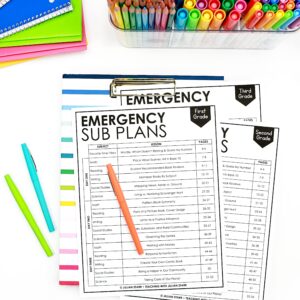

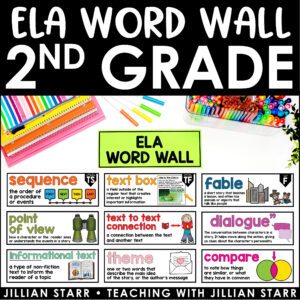
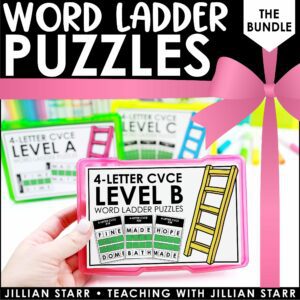
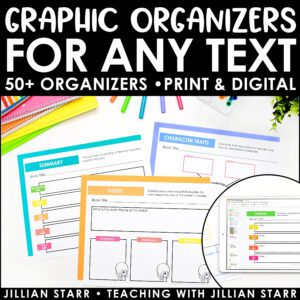
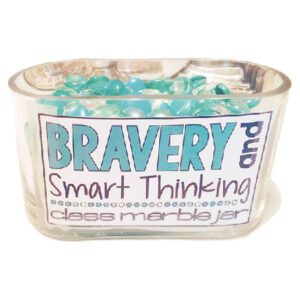




What do you suggest as a good journal prompt for the students to write about once they return from break?
I always ask, “What’s up? What’s the news?” to my students. It invites them to share ANYTHING they want. It can be something that happened over break, but it can also be something that happened before break, that’s happening in the upcoming week, something they’re excited about, or something else altogether. It leaves the door WIDE open and makes students feel a lot safer about sharing.